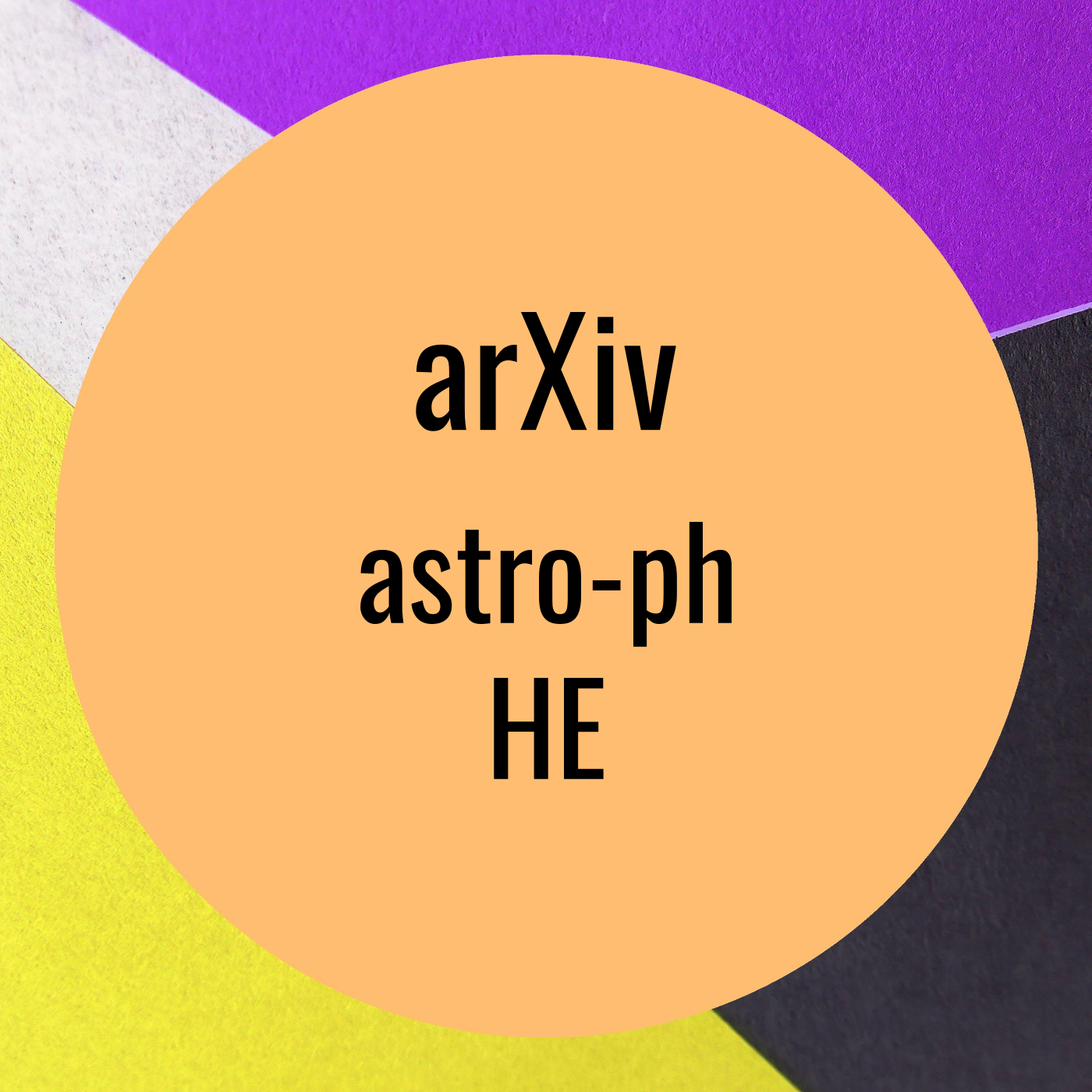Rotation Measure Variations and Reversals of Repeating Fast Radio Bursts in Massive Binary Systems
Description
Rotation Measure Variations and Reversals of Repeating Fast Radio Bursts in Massive Binary Systems by Z. Y. Zhao et al. on Tuesday 29 November
Recent observations discovered that some repeating fast radio bursts (FRBs)
show complicated variations and reversals of Faraday rotation measures (RMs),
indicating that the sources of these FRBs are embedded in a dynamically
magnetized environment. One possible scenario is that repeating FRBs are
generated by pulsars in binary systems, especially containing a high-mass
companion with strong stellar outflows. Here, we study the RM variations caused
by stellar winds, and a possible stellar disc. If the magnetic field is radial
in the stellar wind, RM will not reverse except if the magnetic axis
inclination angle is close to $90 ^\circ$. For the toroidal magnetic field in
the wind, RM will reverse at the super conjunction. For the case of the
toroidal field in the disc, the RM variations may have a multimodal and
multiple reversal profile because the radio signals travel through different
components of the disc during periastron passage. We also apply this model to
FRB 20180916B. By assuming its 16.35-day period is from a slowly rotating or
freely precessing magnetar, we find that the secular RM variation can be
explained by the periastron passage of a magnetar in a massive binary system.
In addition, the clumps in the stellar wind and disc can cause short time-scale
($ 1$ day) variations or reversals of RM. Therefore, long-term monitoring of
RM variations can reveal the environments of repeating FRBs.
arXiv: http://arxiv.org/abs/http://arxiv.org/abs/2209.05242v2
More Episodes
Hard X-ray Observations of the Hydrogen-poor Superluminous Supernova SN 2018hti with NuSTAR by Igor Andreoni et al. on Wednesday 30 November
Some Hydrogen-poor superluminous supernovae are likely powered by a magnetar
central engine, making their luminosity larger than common supernovae....
Published 11/30/22
Fundamental physics with neutron stars by Joonas Nättilä et al. on Wednesday 30 November
Neutron stars are rich laboratories of multiple branches of modern physics.
These include gravitational physics, nuclear and particle physics, (quantum)
electrodynamics, and plasma astrophysics. In this...
Published 11/30/22
Published 11/30/22


